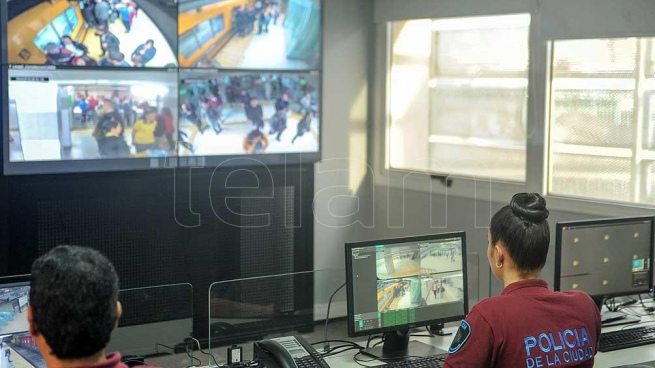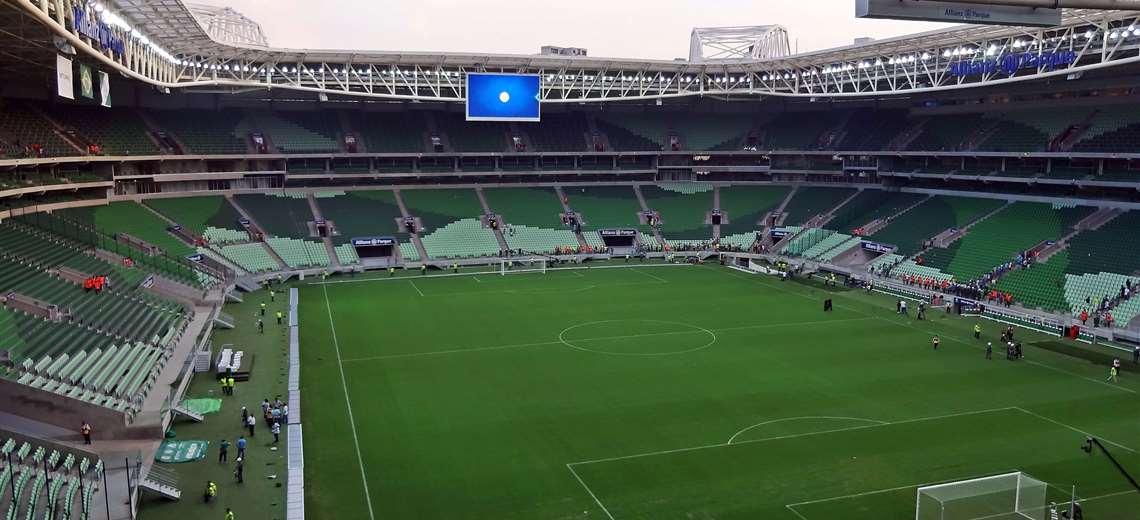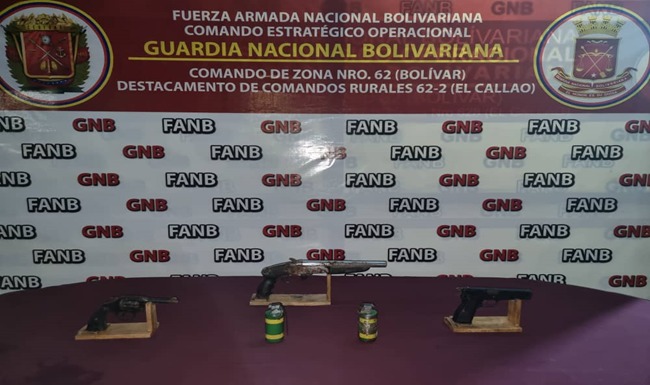The Buenos Aires Justice suspended this Tuesday the facial recognition system for fugitives of the Government of the City of Buenos Aires after detecting an illegal use that allowed access to biometric data of millions of people who were not being soughtincluding political, social, trade union and human rights leaders, as well as judges, businessmen and journalists.
The decision was adopted by the City’s Contentious, Administrative and Tax Judge, Roberto Gallardo, who also ordered a battery of test measures that included, among other measures, the seizure of computers and devices by the Security Police. Airport (PSA) in the Urban Monitoring Center located in Patricios at 1100, in the neighborhood of Barracas.
In the resolution, Gallardo claimed to have verified that the Fugitive Facial Recognition System (SRFP) of the CABA Ministry of Security was used to obtain biometric data from President Alberto Fernández, Vice President Cristina Fernández de Kirchner and the head of Abuelas de Plaza de Mayo, Estela Carlotto, among many other public figures.
Judicial sources consulted by Télam indicated that the monitoring system of the Buenos Aires Ministry of Security is authorized to request biometric data from the National Registry of Persons (Renaper) as long as they are persons included in the National Consultation of Rebellions and Captures (CoNaRC), which in 2019 were about 35,000 and last month reached 40,000.
Nevertheless, between April 2019 and March 2022, the biometric data queries made from the Porteña Security portfolio were 9 million, a figure that does not correspond to the population of individuals required by the Justice or in a situation of rebellion from a measure judicialand for that reason appear in the records of the CoNaRC.
The biometric data searches of citizens who are not in any of these situations were reconstructed from the information provided to the file by Renaper, whose files are used by CABA’s facial recognition system when it requires the accompanying high-definition images. the personal documentation of all citizens.
A relevant piece of information for the investigation is that the requirement for biometric data from Renaper by the Facial Recognition System for Fugitives of CABA is governed by the technical cooperation agreement that they entered into in 2019, during the management of Cambiemos, Renaper itself with the Buenos Aires Ministry of Security.
According to IT specialists familiar with the file, the biometric data is consulted through a procedure known as an information ‘request’ that automatically connects with the Renaper database to request the digitalized photo of the DNI, which then it allows to generate a biometric map: each one of those searches is registered in two computers, the one that emits the information and the one that receives it.
In the report prepared by the Renaper in response to the judge’s official letter, it appears that between April 2019 and March of this year, the biometric data of President Alberto Fernandez (76 times); Vice President Cristina Fernández de Kirchner (225 times); Deputy Máximo Kirchner (12 times); the Minister of the Interior Eduardo “Wado” De Pedro (3 times) and the Minister of Security Aníbal Domingo Fernández (12 times).
The data of the deputies Sergio Tomás Massa (3 times); Myriam Bregman (3 times), Ricardo López Murphy (8 times); José Luis Espert (8 times) and Javier Milei (32 times); as it appears from the file.
The list also includes the names of the governor of Jujuy, Gerardo Morales (once); the President of the PRO, Patricia Bullrich (18 times); the former Attorney General of the Nation Alejandra Magdalena Gils Carbó (twice); the former judge of the Supreme Court of Justice, Eugenio Raúl Zaffaroni (twice); Court Minister Carlos Rosenkrantz (once); and the Attorney General before the National Commercial Chamber, Gabriela Fernanda Boquín (4 times).
Among the journalists who could have been spied on through the facial recognition system is Gustavo Sylvestre, whose biometric data was migrated 9 times; Joaquín Morales Solá (once), Viviana Canosa (6 times) and Eduardo Feinmann (9 times).
The list also includes businessmen, federal prosecutors, the founder of the Mothers of the Plaza de Mayo, Hebe Pastor de Bonafini (5 times), and the president of the Grandmothers of the Plaza de Mayo, Estela Barnes de Carlotto (2 times).
In his resolution signed on Tuesday, the judge maintained that the CABA was only authorized to extract biometric data “as long as they were people whose search had been required by the Justice.”
He then warned that the enormous number of queries about citizens, many known for their public performance, who are not required by the Justice or in a situation of rebellion show that the process could have been manipulated to obtain improper information illegally.
From the Center for Legal and Social Studies (CELS), one of the entities that promoted the case based on a collective protection presented by the Observatory of Computer Law in Argentina (ODIA), they stated that the detection of 9 million consultations of biometric data -with so many personalities involved- obliges the administration of Horacio Rodríguez Larreta to give explanations and respond in court.
“The Government of the City of Buenos Aires must give an explanation about the searches it made of biometric data of so many people in the period from April 2019 to March 2022”, The lawyer and director of CELS Litigation, Diego Morales, assured Télam.
Along the same lines, the lawyer specialized in Computer Law Tomás Pomar, director of ODIA, gave his opinion, for whom from the evidence already collected in the file “it appears that there has been an improper use of biometric data”, and then warned that the motivation and The use that was made of that number of biometric queries must be clarified.
“To what destination or what was done with all that information we still do not know, but the City government is going to have to give explanations.”s about its facial recognition system,” Pomar pointed out.
Around 8:00 p.m., once the tests at the Barracas Urban Monitoring Center had finished, From the Buenos Aires Ministry of Security they issued a statement in response to six points in which, referring to the main question of the judge, they indicated that the queries made to Renaper from that portfolio “are not exclusively by contrast with the facial recognition system.”
“They respond to a plurality of procedures authorized by the Justice and that do not represent any irregularity,” they stated from the portfolio headed by Marcelo D’Alessandro and added that the Renaper, when answering the biometric data queries, “returns the photo and the data ID” but not “locations or anything like that”. In addition, they noted that “facial recognition has not been working since April 2020.”
The suspension of the facial recognition system that Judge Gallardo ordered this Tuesday occurred in a case initiated in early 2000, after several entities and NGOs -including the ODIA observatory and CELS, plus the presentation as amicus curiae of the Civil Association for Equality and Justice (ACIJ), Correpi and the Vía Libre Foundation- presented a collective amparo in the Contentious Administrative Justice of the CABA in which they denounced lack of citizen control, risks to privacy and the application of discriminatory patterns to make biometric maps.










